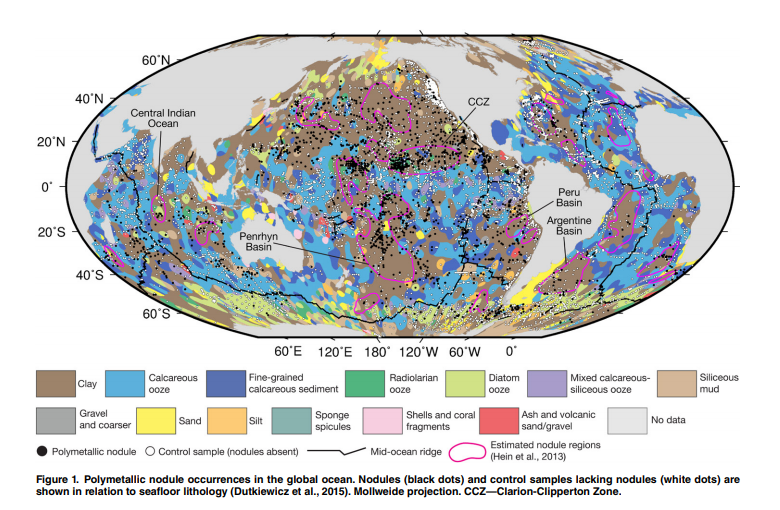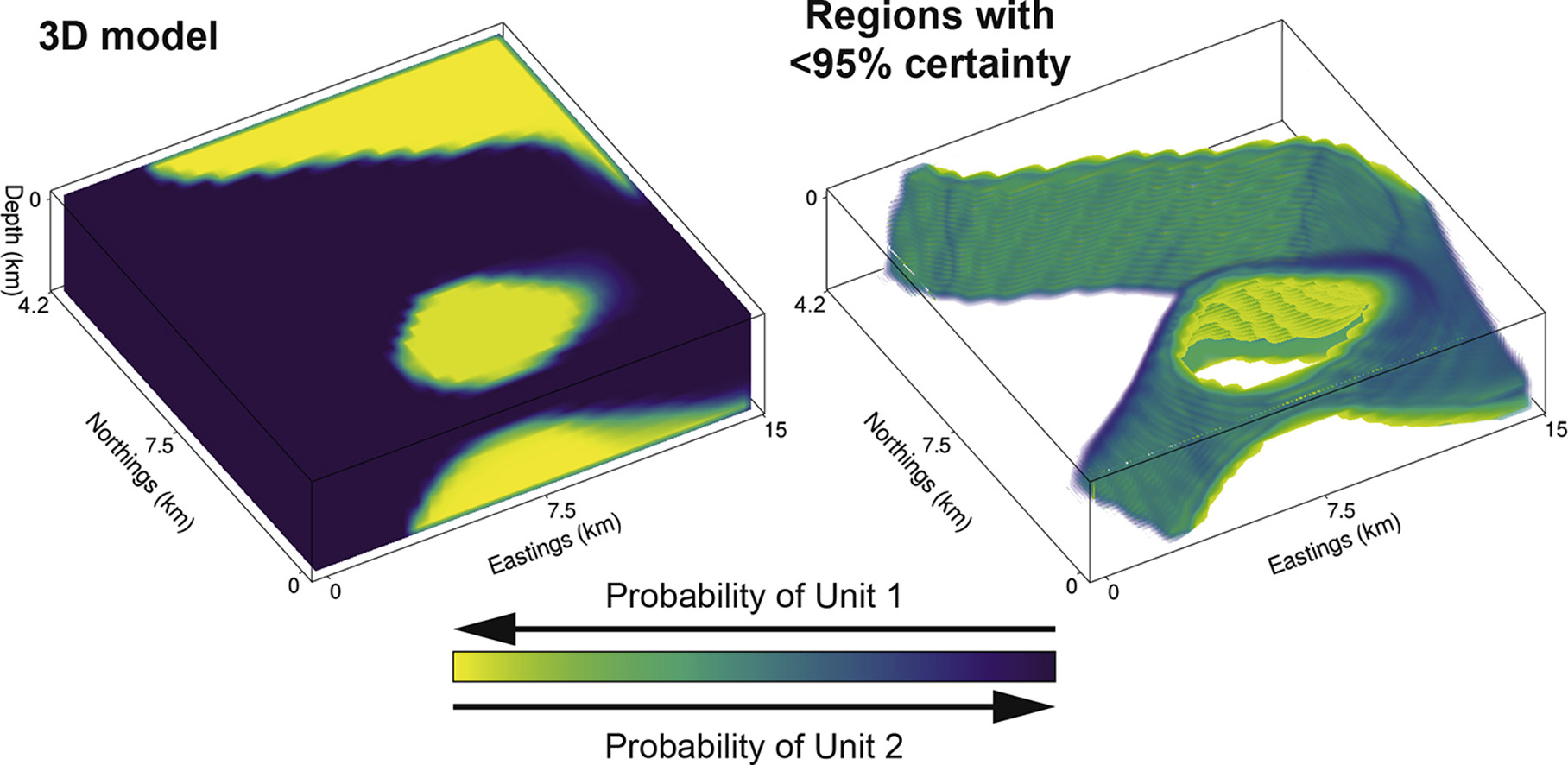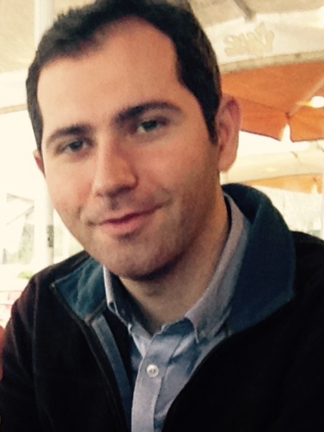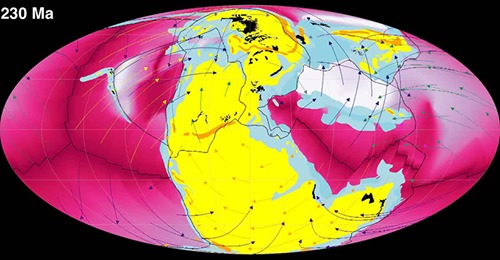Identifying Characteristic and Anomalous Mantle From the Complex Relationship Between Abyssal Hill Roughness and Spreading Rates
The dependence of abyssal hill roughness on mid-ocean ridge (MOR) spreading rate is an important indicator for faulting and volcanism. I reanalyze this relationship using a global gravity-based prediction of root-mean-square (RMS) heights, enabling dense sampling of RMS/spreading rate space and thus a far more detailed examination than possible with bathymetric data. RMS histograms are … Read more…



























